How to Travel Safely by Public Transportation in China During the Coronavirus Pandemic
At present, some international students have entered China and returned to school. In normal times, they can't travel without public transport. However, public transport is usually crowded and complicated, which is likely to increase the risk of infection in case of an epidemic. In this article, you can find out how international students can reduce the risk of infection by taking precautions on public transport.
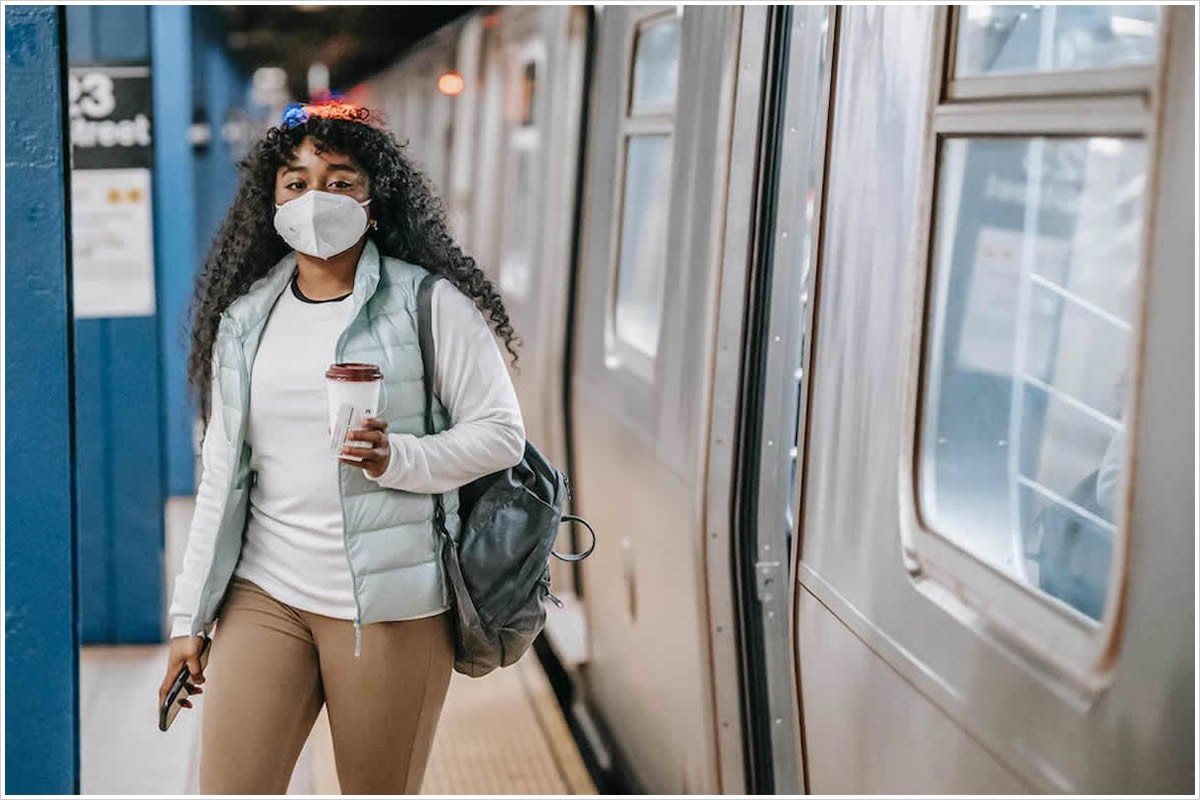
Bus and subway
l Try to choose off-peak travel.
l Select the no-contact scan code to purchase tickets.
l With bright code scanning code, temperature detection.
l Wear a mask at all times, keep a one-meter line when queuing, pay attention to hand hygiene, do not take off the mask when coughing or sneezing, and avoid touching your mouth, eyes, and nose with your hands.
l Wash your hands immediately after the trip.
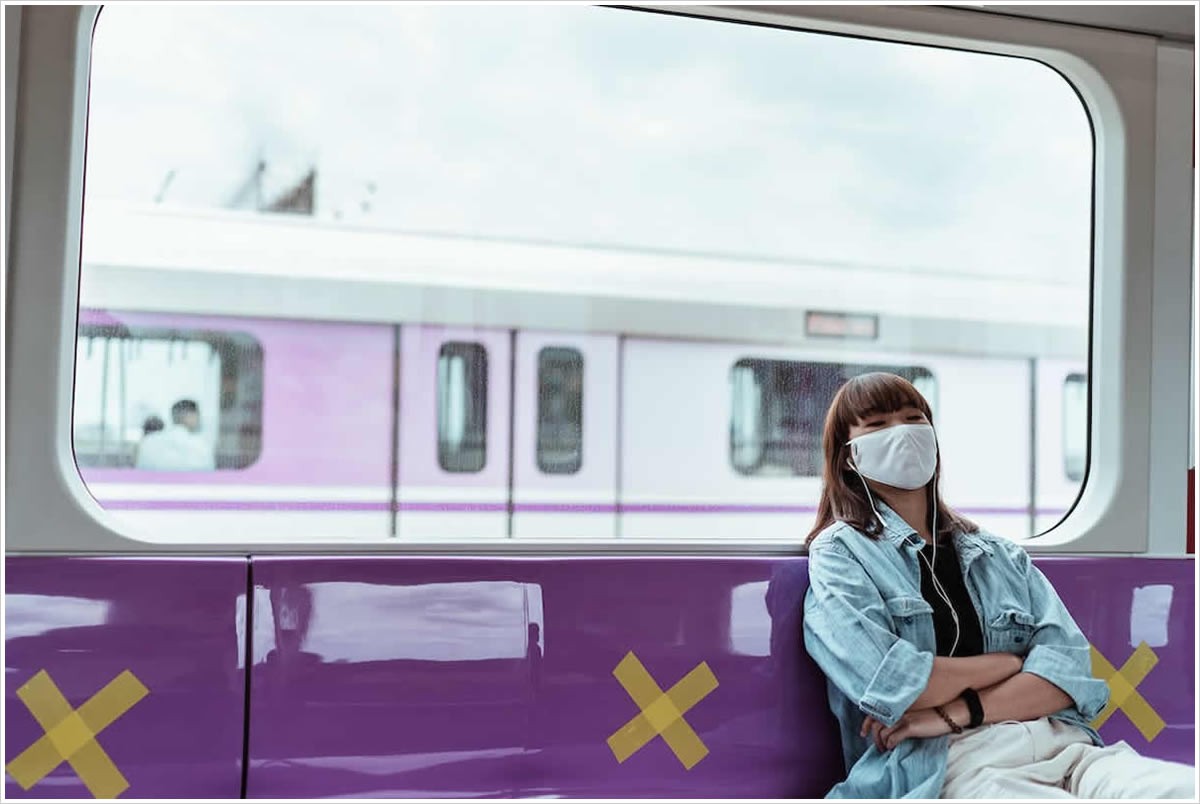
Taxi and online taxis
l Don't choose a "black car" and try to avoid carpooling.
l Wear a mask throughout the ride to minimize communication.
l Pay attention to hand hygiene. Carry sanitizer or disinfecting wipes with you to clean and disinfect your hands.
l Try to sit in the back and open the Windows to allow air to circulate when possible.
l Do not take off the mask when coughing or sneezing, and avoid touching your eyes, mouth, and nose with your hands.
l When taking an online taxi (taxi), it is preferred to pay online or by scanning the code and keep the receipt of the taxi or the record of the online taxi.
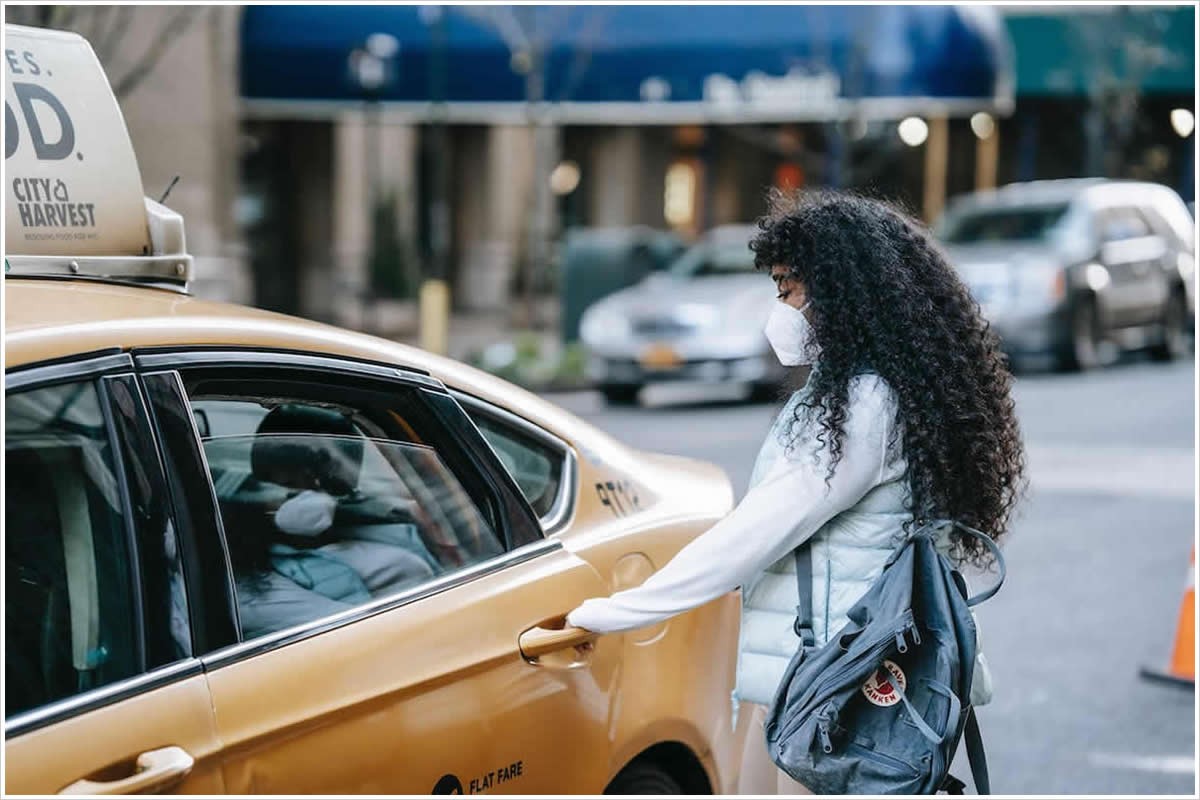
Long distance vehicle
l Make travel plans, try to travel at different peaks, understand the prevention and control measures at the destination, and report in advance.
l Non-contact methods such as online scanning are preferred for a ticket purchase or payment.
l Wear a mask at all times and try to keep a safe distance of more than one meter from others.
l At stations, airports and docks, take the initiative to check your body temperature and scan your health code to minimize your detention time.
l Maintain hand hygiene during transportation. Minimize contact with handrails, poles, doors, toilet doors, and handlebars. Do not touch your mouth, eyes, or nose with your hands.
l Do not spit, cough cough phlegm to pay attention to etiquette, and consciously maintain the cleanliness of the carriage.
l Keep travel ticket information for reference.
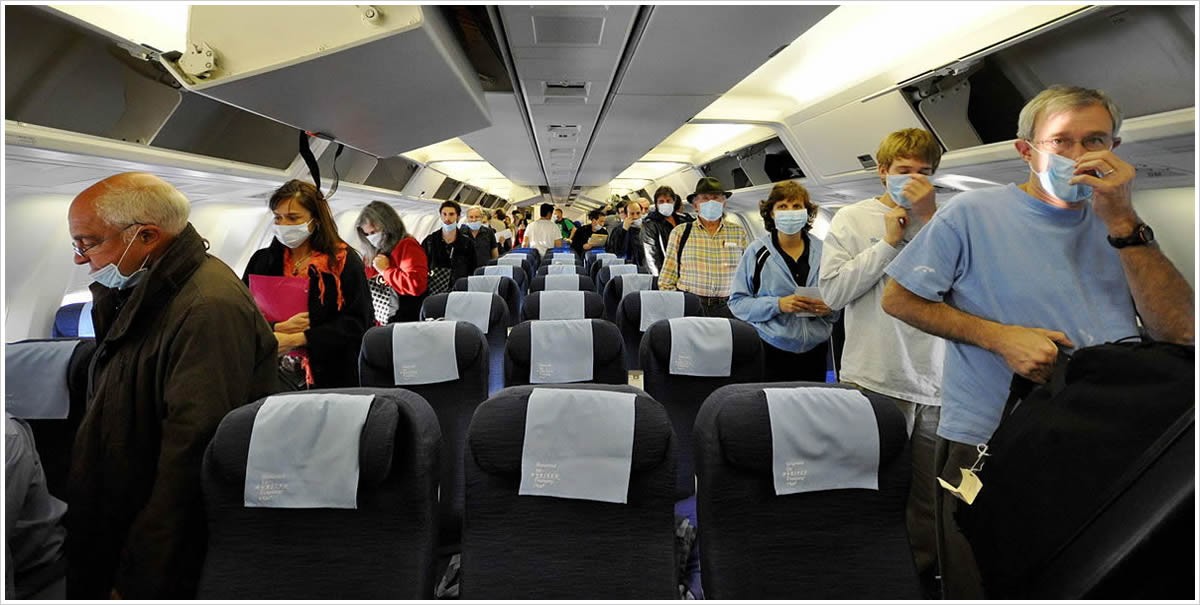
How to do personal protection when taking public transportation
1. Wear the mask correctly
l Wear a mask all the way when taking public transportation and entering crowded public places.
l Wear a medical surgical mask or above.
l The mask should cover the mouth, nose, and chin, and the nose clip should be pressed tightly.
l The cumulative wearing time of each mask does not exceed 8 hours, and it should be replaced in time when it is wet.
l It is not recommended to reuse masks that have been used on cross-regional public transport or in environments such as hospitals.
2. Keep a distance of one meter
Try to avoid places where there are many people, and keep a social distance of more than 1 meter when queuing.
3. Pay attention to hand hygiene
Pay attention to hand hygiene, and wash your hands with soap or hand sanitizer and running water. If there is no running water, you can use water-free hand sanitizer or disinfectant wipes to wipe your hands. Avoid touching your mouth, eyes, and nose with your hands before cleaning.
4. Pay attention to food hygiene
Try to reduce eating on public transportation. If you need to eat, pay attention to staggering the time with the surrounding passengers, take off the mask until the moment before eating and avoid eating while talking.
5. Develop good habits
l Do not spit anywhere, and wrap mouth and nose secretions in paper towels and dispose of them in trash cans.
l When coughing or sneezing, cover your mouth and nose with a tissue or your elbow and clean your hands promptly.
l When flushing in the lavatory on the plane, close the toilet lid before flushing.
l All kinds of garbage generated during the journey should be put into the garbage bag that you carry with you, and then thrown into the garbage can to keep the environment clean and tidy.
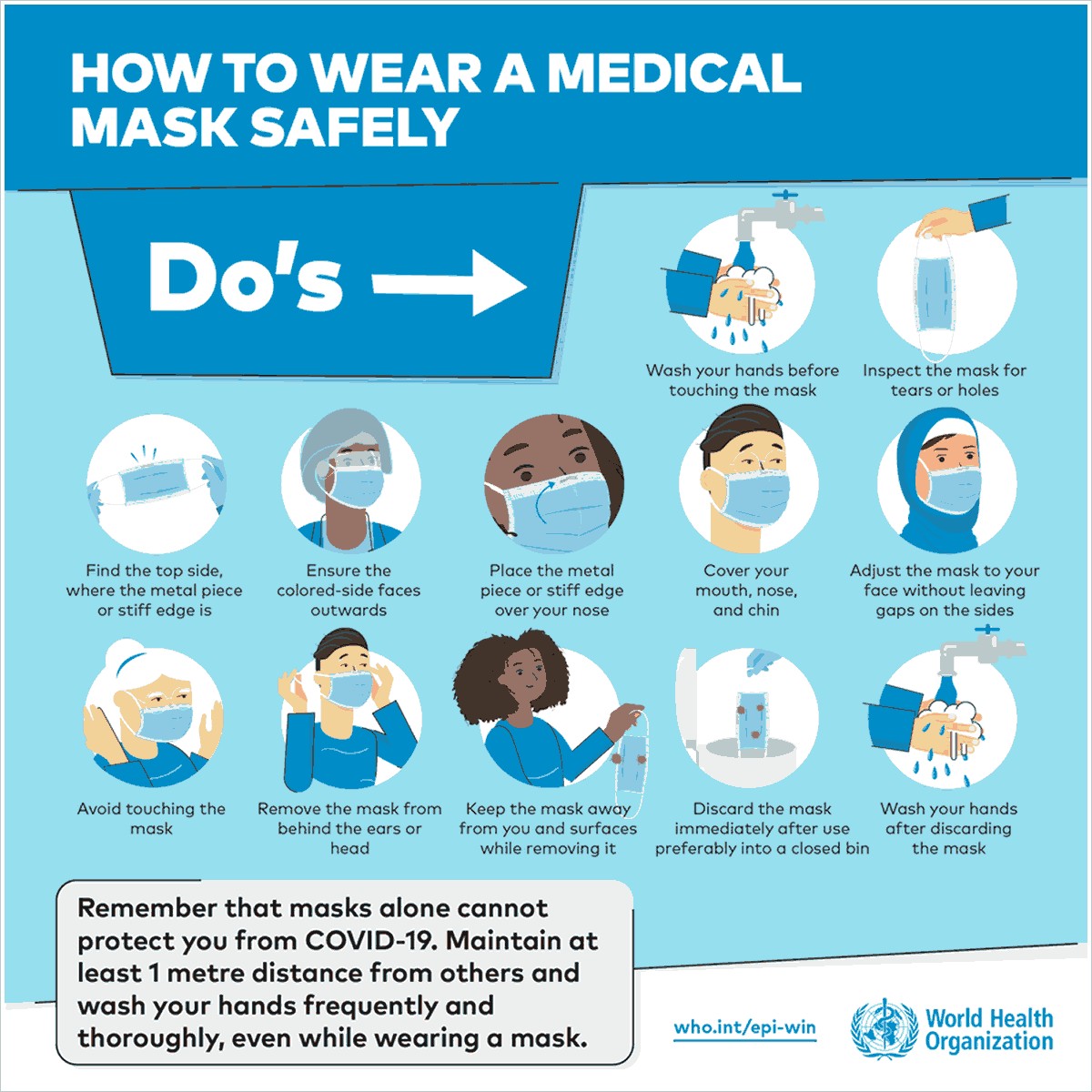
How to deal with fever and other symptoms in travel
Keep an eye on your physical condition at all times. If you have symptoms related to COVID-19, such as fever, dry cough, fatigue, reduced sense of smell and taste, or sore throat, contact the flight attendants for help in time, and truthfully inform the medical staff of your travel and residence history;
We should also pay attention to the health status of passengers around us, and inform the flight attendants in time if any passengers appear to cough, have a fever, or other symptoms.
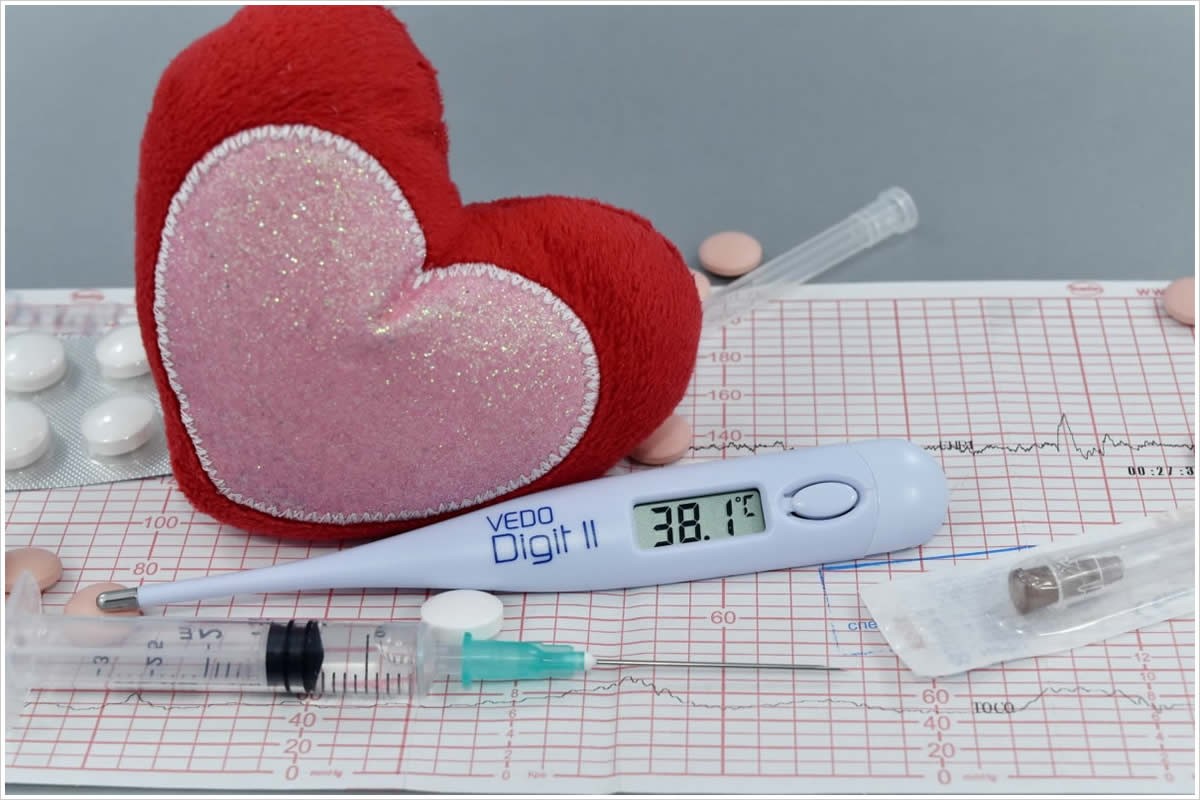
What should I pay attention to after returning home
When you go home, take off the clothes you wear outside and put them in the window. Open the window for ventilation. If the infection is suspected (e.g., someone sitting next to you coughing, sneezing, or running a fever), wash and disinfect. Seal off the mask and disposable gloves and throw them into a trash can with a lid. Wash your hands carefully, with soap or hand sanitizer, and under running water for at least 30 seconds. In addition, take-home items such as cell phones, keys, and luggage to disinfect, can be sprayed with medical alcohol, then wiped with a tissue.
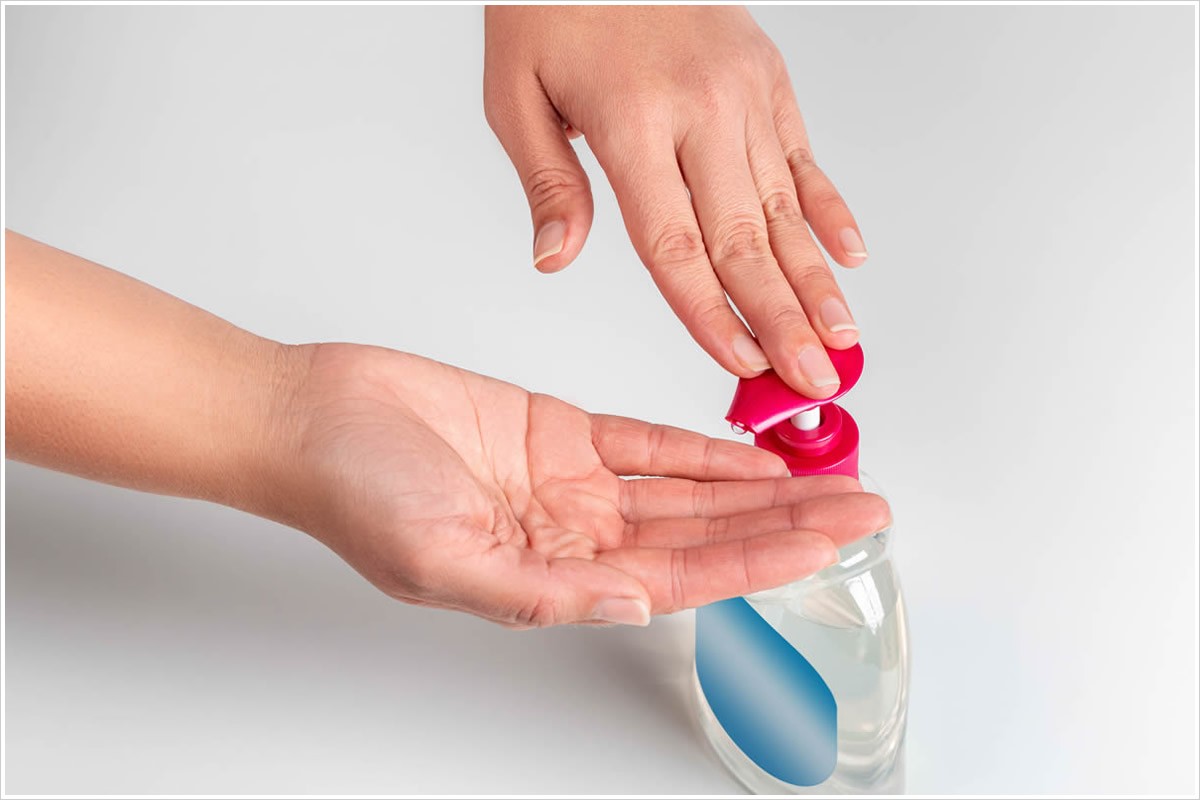
The above are a few things you need to pay attention to when going out on public transport during the epidemic. I believe that if everyone takes good personal protection measures when going out, the risk of the spread of the epidemic will be minimized. Only in this way can we maintain our physical and mental health.
- Submitted at Dec 1, 2022
- ( 2353 Views)
- Category Life in China
Articles You May Interest in
- 10 Registration Tips For 2023 Intake International Students 3405 Views
- Most Popular Chinese Universities and Majors for International Students in 2023 4140 Views
- List of Chinese Universities Available for Language Students Who Want to Come to China in 2023 Spring 6335 Views
- Notice on China to Drop COVID-19 Quarantine for the Incoming Person 2332 Views
- CUCAS Win The Chance to Apply to Chinese Universities for Free Winner Announced 2042 Views
- How to Write a Study Plan for Applying to Chinese Universities 14569 Views
Related Questions
- Get ABITUR, IELTS, TOEFL, PTE,GEOTHE,OET, DIPLOMA WhatsApp: +447401473736 Get your Degree & Certificate without Exams and get the best results 0 Answer
- What’s Included in Southwest Vacation Packages? 0 Answer
- How the Nicosia Office Contributes to Qatar Airway's Global Reputation for Luxury and Reliability ? 1 Answer
- Can I Enter China Early and Have a Trip Before Registering at University? 10 Answers
- I was Chinese and Can I Apply to Chinese Universities as an International Student? 7 Answers
- Can I study in China without knowing how to speak the Chinese language? 7 Answers
